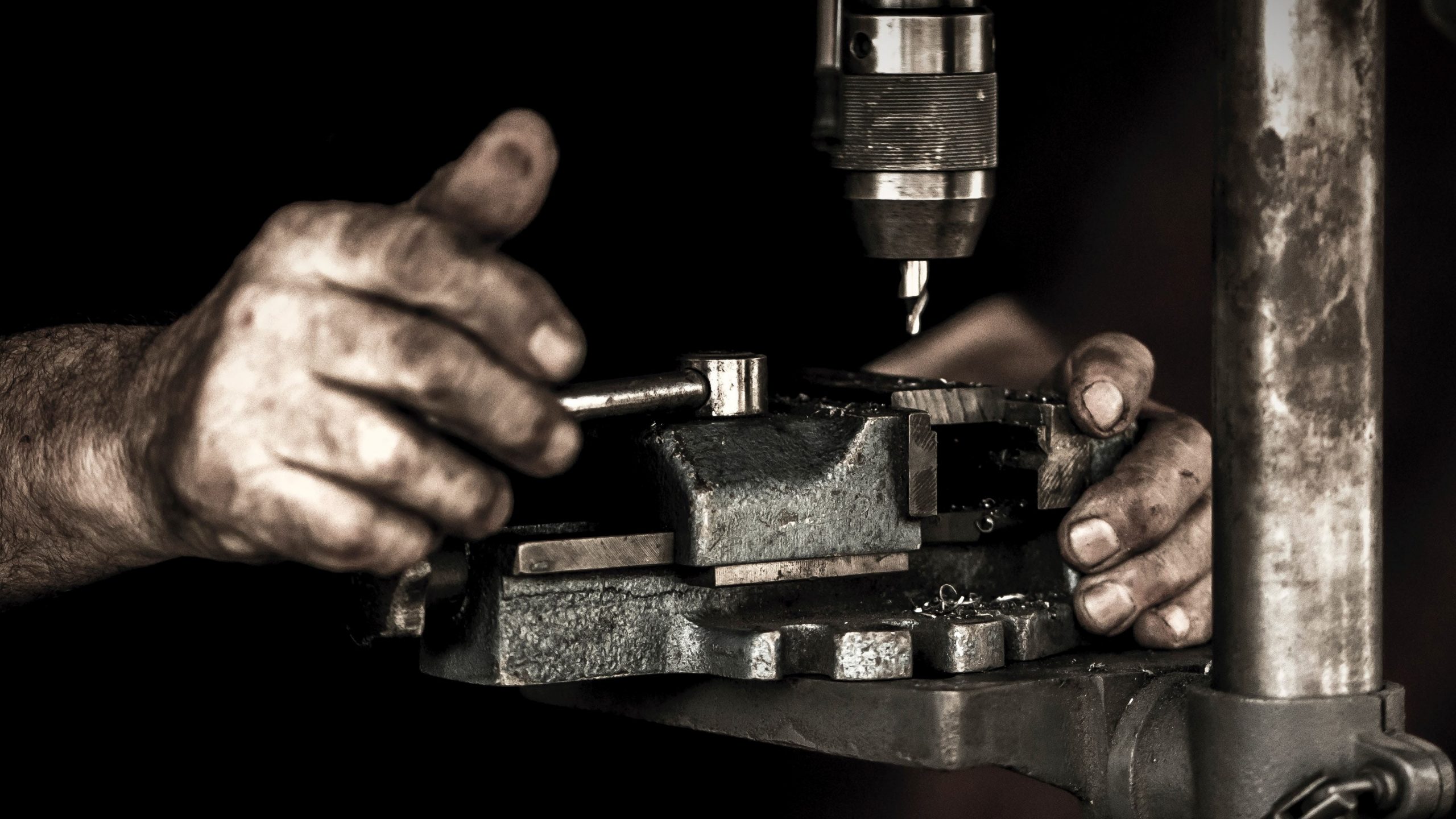By Nicholas Rahmon
The world we live in today has become completely dominated by automation. Take something as mundane as cashing out your groceries – what once was an interaction with a cashier has been replaced by self-checkouts, and why wouldn’t it? It’s faster and cheaper for business; seems like a no brainer.
But machine learning and automation has taken a foothold in our lives in ways we often don’t think about.
Nakul Iyer, a digital technology consultant at Deloitte Digital, says there are examples the layman may not consider when talking about automation, even ones on the very computer you may be reading this article on.
“You’re typing in an address and it can autofill that address based on an artificial intelligence API [Applications Programming Interface] and go back to Google using their endpoints returning the data, because it knows that you were looking for that data,” Iyer says.
These examples of automation are the ones society is, in general, comfortable with. People like their lives to be easier, and technology certainly does that. Conversation has arisen around one common topic however: jobs.
Take journalism; there have been a number of algorithm examples analyzing data and pumping out articles understandable by humans. The Los Angeles Times published an article about a 2014 earthquake three minutes after it stopped. The article used an algorithm to do it. Casey Miller, a reporter for the L.A. Times, says being able to get information quickly is what readers are looking for.
“California has a lot of earthquakes,” Miller says. “And people always want to know about them. If you feel one, you immediately go online and try and figure out who else felt it? How big was it? And Quakebot kind of simplifies that process for our reporters, kind of just giving them information right away in a post that they can just throw up.”
She says the algorithm uses a template to publish the work, taking whatever data is collected and putting into a prepared set of words as opposed to artificial intelligence generating a full-fledged story.
But it’s not just the writing portion of journalism that automation has sped up, as Mark Stencel, co-director of the reporters lab at Duke University, explains.
“I think automation and technology of various kinds are already changing the way we do fact checking, the speed of the reporting process, the reach of the fact checks, getting them to the right people in the right platforms, that has transformed over the past several years,” Stencel says. “I think a lot of that still has a ways to go, but it can definitely enhance the reporting process.”
While media jobs are, at least currently, secure, the future of the Canadian workforce will undoubtedly be affected by automation.

Automation and Job Transformation in Canada: Who’s at Risk?, a study published by Statistics Canada in June 2020, had some troubling news for those concerned about a machine taking their job. The report says almost 11 per cent of workers were at a high risk, or 70 per cent or higher of a job transformation because of automation. Almost a third were considered a moderate risk, between 50 and 70 per cent.
The study identified a number of factors which would increase the likelihood your position would be affected by automation, including being over the age of 55, not having any post-secondary education, or being a part-time worker.
But Jaydev Hari, a digital strategy consultant for more than a decade who now works at IBM, says no matter who you are, you should be preparing for the inevitable march of automation. “My recommendation would always be to prepare for automation, as it’ll always cascade either to business or from consumer to business [because] one way or another, it’s going to happen,” he says.
This is a conversation that often centres on certain professions, namely manufacturing. Even the Statistics Canada report identifies working in manufacturing as a factor that increases the chances your job will go away. But it is not only people in plants that need to worry: the same report says certificate and diploma holders in Business, management and public administration and Health and related fields are among those who should be most worried about their job disappearing. Interestingly, those with degrees in those fields were among the least likely to lose employment.
Sudhanshu Singh, a digital technology analyst and former global sales consultant for the National Cash Register (NCR) corporation which worked on the technological side of Walmart’s self-checkout machines, says no matter the fear of losing jobs, businesses will continue to have different priorities.
“Our elder generation had 100 employees and 25 computers in their offices, we have 50 employees and 50 computers and perhaps the next generation will have 25 people and 75 odd computers or machines,” he says. “The future is quite clear, anything that reduces time and effort will be prioritized.”
Singh, however, sees the benefit of this type of workplace, and thinks COVID-19 has demonstrated why relying on technology is a benefit. “The current situation is a great example [of] how digitization has an advantage over other methods,” he says. “You can run your business quite efficiently remotely, just because you have a digitized platform.”
But the fact remains that as these digital platforms continue to evolve, jobs will be affected; but affected does not necessarily mean eliminated. David Autor, an economist at the Massachusetts Institute of Technology, outlined in a 2016 TED Talk when speaking about how automation has affected jobs in agriculture.
“If I were a farmer in Iowa in the year 1900, and an economist from the 21st century teleported down to my field and said, ‘Hey, guess what, farmer Autor, in the next hundred years, agricultural employment is going to fall from 40 per cent of all jobs to two per cent purely due to rising productivity. What do you think the other 38 per cent of workers are going to do?’ I would not have said, ‘Oh, we got this. We’ll do app development, radiological medicine, yoga instruction, Bitmoji,’” Autor says.
So in an ever-changing job market, the key may be finding a niche, something machines simply aren’t able to deliver. Nevertheless, the overarching theme is uncertainty. What we do know is growth in this market is only going to continue, and all job markets, whether it’s manufacturing or journalism, need to prepare.

